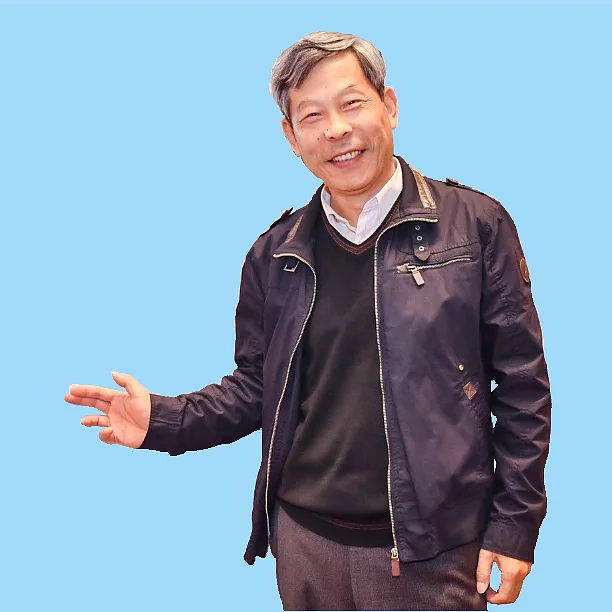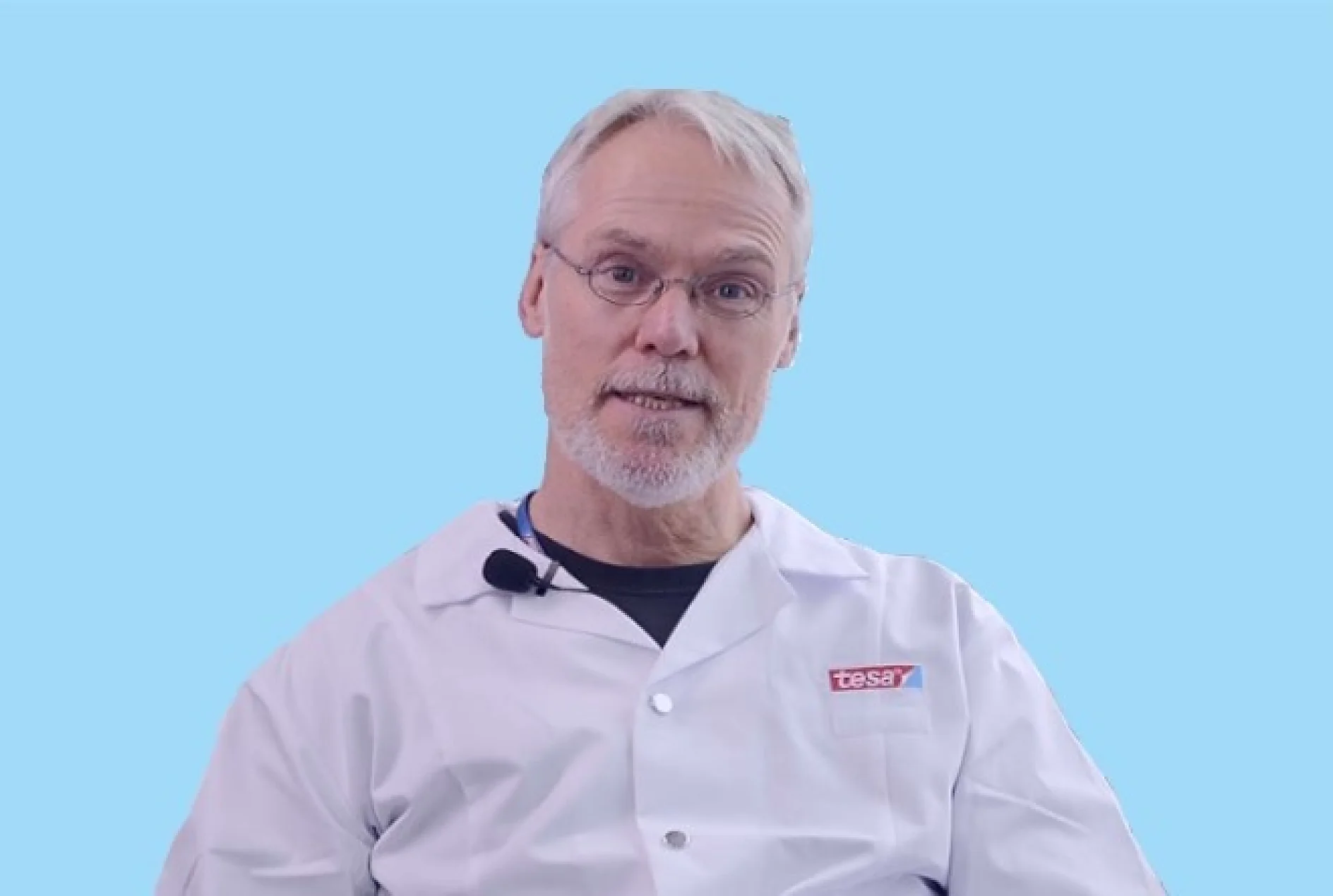Can you bend the display of your smartphone or tablet? Probably not. Or rather, not yet. Device manufacturers are working hard to make such flexible screens accessible to the general public. We at tesa are also contributing to this development. Already today, up to 70 tapes ensure that components in smartphones are held together. This also includes the use of so-called Optical Clear Adhesives (OCA): highly transparent, wafer-thin foils for almost invisible bonding of displays on cover glass or touch panels..

Joint Innovation – Good connections to top talents
Markets
As part of a development cooperation in China, tesa and Soochow University are working on the development of new adhesive solutions – A partnership with great potential.
The further development of these OCA for flexible screens has recently become the focus of a development project that tesa is carrying out in cooperation with Soochow University in China. "Our customers' need for such tapes is huge," says Dr. Weiping Mei. He initiated the three-year development cooperation with the university (50,000 students, 1,600 professors), which counts among the top 20 of the more than 1,000 universities in China. The heart of the collaboration with the Faculty of Chemistry, Chemical Engineering and Materials Science is the Joint Innovation Center of Polymer Research and Adhesive Technology on the university campus in Suzhou.

Ideas for innovations
Just 15 minutes by car from the university, in an industrial park in Suzhou, we've located our largest product and technology development center in Asia directly on the plant site. With an investment of more than 30 million Euro, it is currently being considerably expanded. The OCA project is one of several joint development projects that Weiping Mei launched under the heading "Open Innovation": "In concrete terms, the university provides us with special measuring devices for test simulation. We supply the necessary tape samples and give the students an insight into development practice," says physicist Mei. He worked in Development at Beiersdorf AG in Germany for 25 years. In May 2019, Mei combined his move to the group affiliate tesa with the return to his hometown Suzhou. Besides university cooperation and open innovation, with his knowledge of local environments he also supports the current investments at the tesa campus Suzhou.
His colleague Hui Wang, Head of the tesa Project House Display, adds: "With the academic perspective on technological challenges, we hope to gain additional ideas that are 'out of the box' and that we can use for innovations." Jochen Staehr, Head of Technology & Product Development in the regions Greater China and Asia Pacific, welcomes the cooperation: "By connecting with China's leading polymer researchers, we can implement new developments faster.

"With the academic perspective on technological challenges, we hope to gain additional ideas that are 'out of the box'."
Furthermore, this collaboration can be a valuable source for tesa to attract more local talent with highest levels of qualification." Thus, the collaboration with Soochow University is all about synergies: "We want to get fit for the future. No company can create tomorrow's solutions on its own," says Mei, who emphasizes that the development pace is particularly fast in China. So, other development projects also revolve around innovations in the field of sustainable technologies.
What is polymerization?
Polymers are the components of the adhesive. They are large molecules made up of many smaller molecules (monomers). Polymers then create elongated and flexible molecular chains. When they reach a certain length, they get tangled up and thus ensure that the adhesive is held together internally. These long molecular chains are able to move between the connection points. This allows the adhesive to flow smoothly onto surfaces and to adhere to them. At the same time, it is possible to create further solid connections between the chains using chemical processes. This is called "cross-linking" or "polymerizing".
100
employees work at tesa in Suzhou for Product & Technology Development.
Commitment to the next generation
The cooperation with Soochow University in China is not the only step tesa has taken to promote the next generation of scientists. At the company headquarter in Germany, tesa participates in the Science & Technology Initiative (NAT). In Hamburg and the surrounding metropolitan area, NAT connects schools with universities, colleges, and technology-driven companies. The goal: Giving young people different insights into a variety of professional fields. Other examples of cooperation with universities are: The CPE (Chemistry and Chemical Engineering School) in Lyon. For many years now, tesa has maintained a lively exchange and invites students from the university to participate in internships in the area of product and technology development at the Hamburg site. tesa also cooperates with the NIT (Northern Institute of Technology Management) in Hamburg, where tesa specifically supports students with scholarships.